
Volunteers of Gandipet Welfare Society clean the banks of the Musi river in Hyderabad.
Documenting houses and hero stones
Tamil Nadu

Madras Inherited aims to reveal hidden architectural gems through heritage walks.
Madras Day celebrations — with its heritage walks, talks, contests and exhibitions — have become a part of the city’s annual calendar ever since a group of like-minded residents, including historian S. Muthiah, media entrepreneur Vincent D’Souza and historian-author V. Sriram, joined hands about two decades ago, to commemorate Chennai’s founding. Over the years, many other citizen forums have emerged to document and celebrate the state’s heritage.
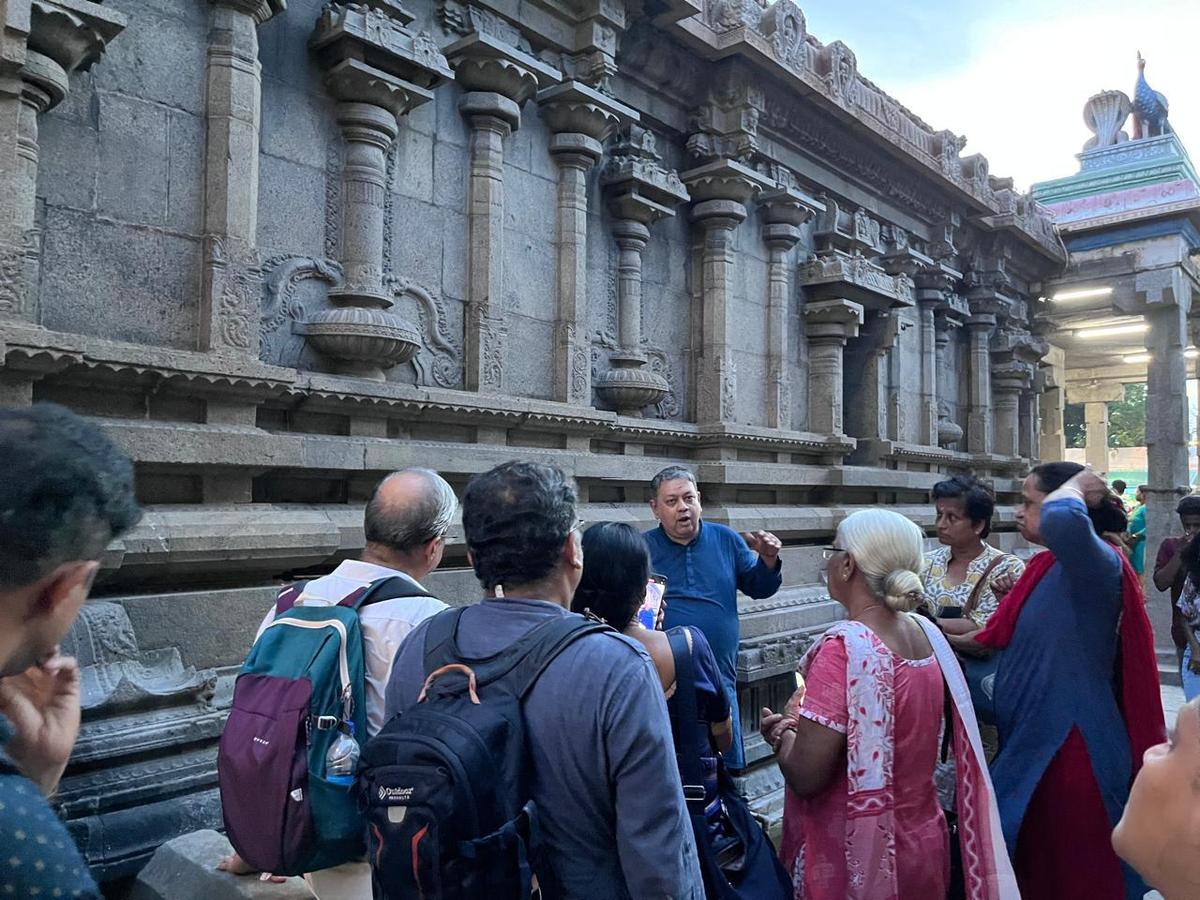
Tamil Heritage Trust conducts heritage talks and workshops on temple architecture.
Tamil Heritage Trust, a non-profit co-founded by retired IIT-Delhi professor S. Swaminathan, has been involved in a range of activities, from heritage talks to workshops on temple architecture. They also help create awareness among school teachers, in the areas of history, art and architecture. Madras Inherited is another initiative by architects and volunteers that aims to reveal hidden architectural gems through heritage walks and document the fast-disappearing residential structures in Chennai. There are also individuals such as P. Devi Arivu Selvam who has been involved in the protection of heritage artefacts in the Madurai region. She has discovered more than 33 hero stones and published her findings in a book. And history enthusiast Madhusudanan Kalaichelvan, who curates guided tours to Tamil Nadu’s temples and monuments through his initiative, Ratham.
Protectors of the Musi River
Telangana
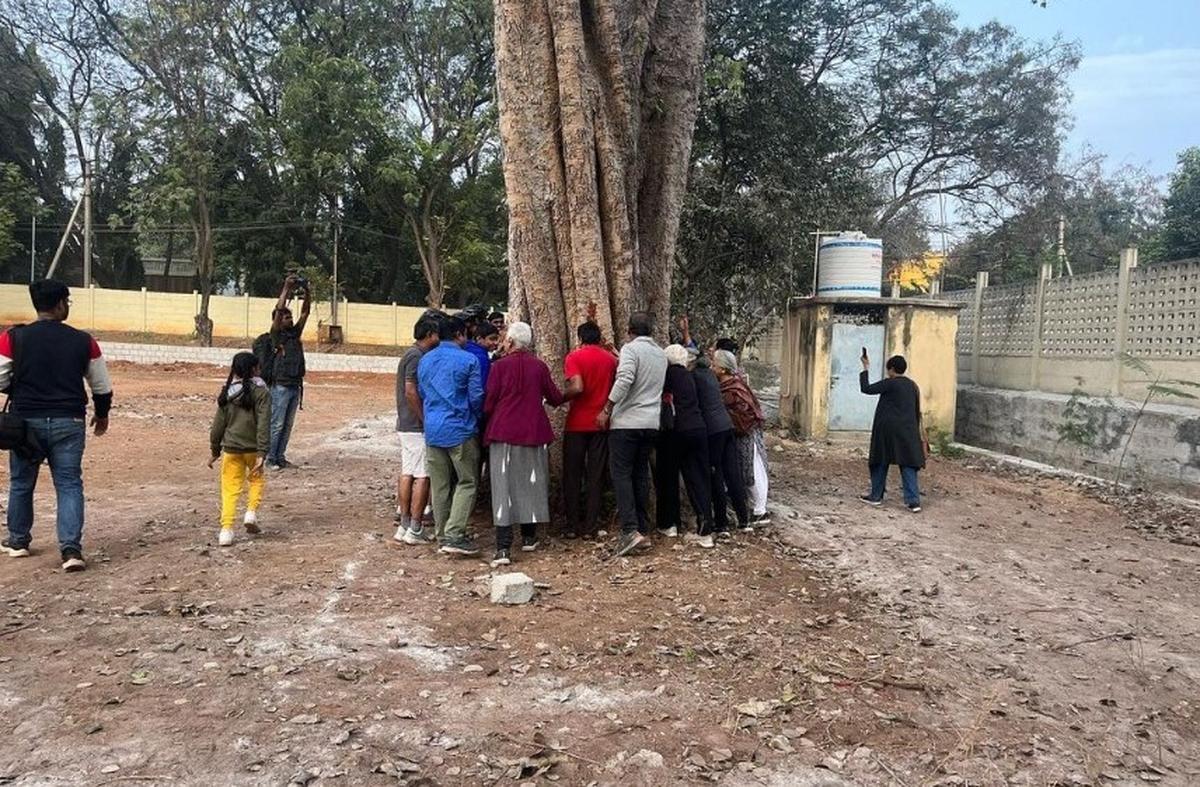
Volunteers of Save the Banyans of Chevella group.
The relationship between people and their cities changed during the COVID-19 lockdown. Hyderabad was no exception. “During the pandemic, a few right-thinking people thought of setting up a recycling unit in our community to prevent the Musi River from turning into a dumpsite. We onboarded five communities and village residents to segregate, sort, and reprocess waste,” says Kobita Dass Kolli of Gandipet Welfare Society. The group is now involved in various conservation efforts, including the restoration of ancient stepwells. Kolli is also part of Save the Banyans of Chevella, another civic group that came into being when the Telangana government unveiled plans to cut down 100-year-old banyans that lined the road to Chevella and onwards to Karnataka from Hyderabad. They pooled resources to fight a case in the National Green Tribunal, which has ruled that the National Highway Authority of India must conduct an Environmental Impact Assessment before starting the road widening project.
Prioritising green spaces
Assam
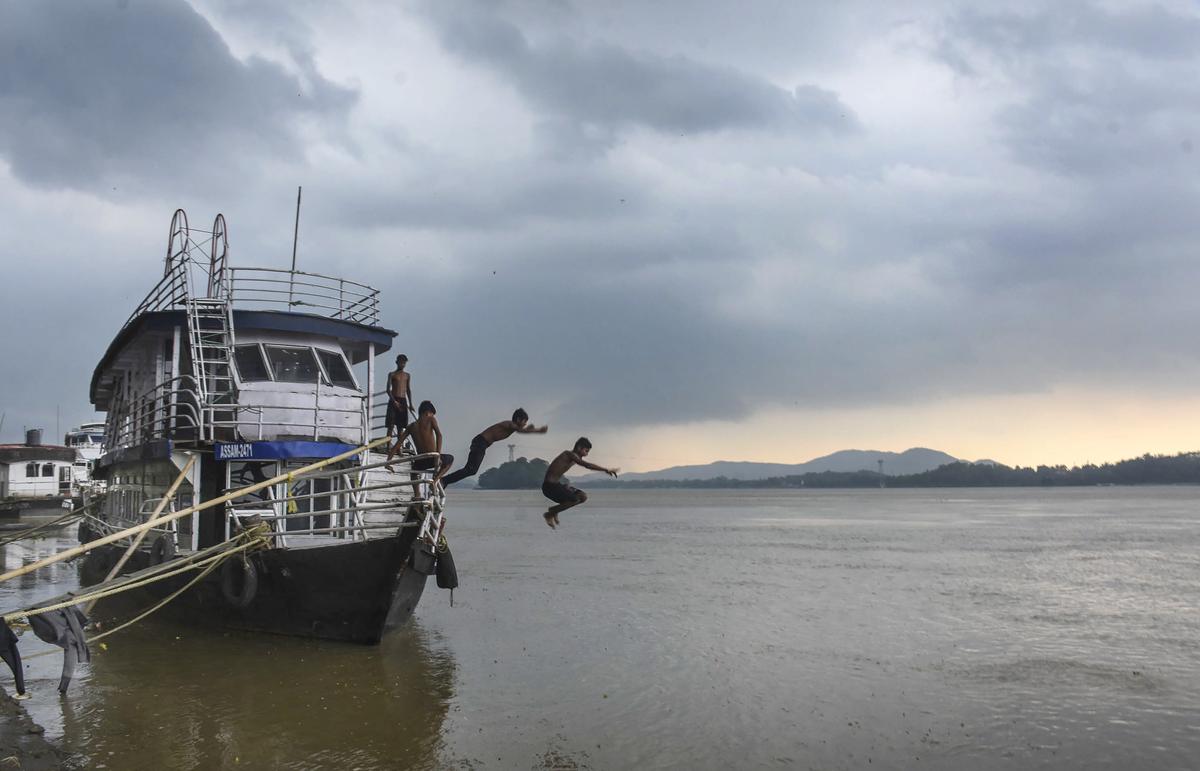
Children jump in the Brahmaputra river in Guwahati.
| Photo Credit:
PTI
Few people in Guwahati took a group of middle-aged men seriously when they formed a citizens’ forum in the early 1980s to help the local administration turn the city into a sustainable, green urban space. Guwahati had undergone rapid urbanisation after the creation of the state of Assam in 1972. The forum decided to find a middle ground between reclaiming marshlands and constructing hospitals and colleges. Its push led to the passage of the Guwahati Water Bodies (Preservation and Conservation) Act in 2008. Conserving Guwahati’s green lungs was crucial because the 328 sq. km. city and its outskirts have 18 hills, eight reserve forests, two wildlife sanctuaries, and a Ramsar site (wetland), apart from the Brahmaputra flowing past its northern edge. These natural attributes together house 334 free-ranging fauna species, according to a 2020 report. The unprecedented flooding of Guwahati in August also made residents come together to form the Citizen-Based Organisation — prioritising issues such as waterlogging, sewage and drainage systems, and groundwater management.
230 wells cleaned, and counting
Karnataka
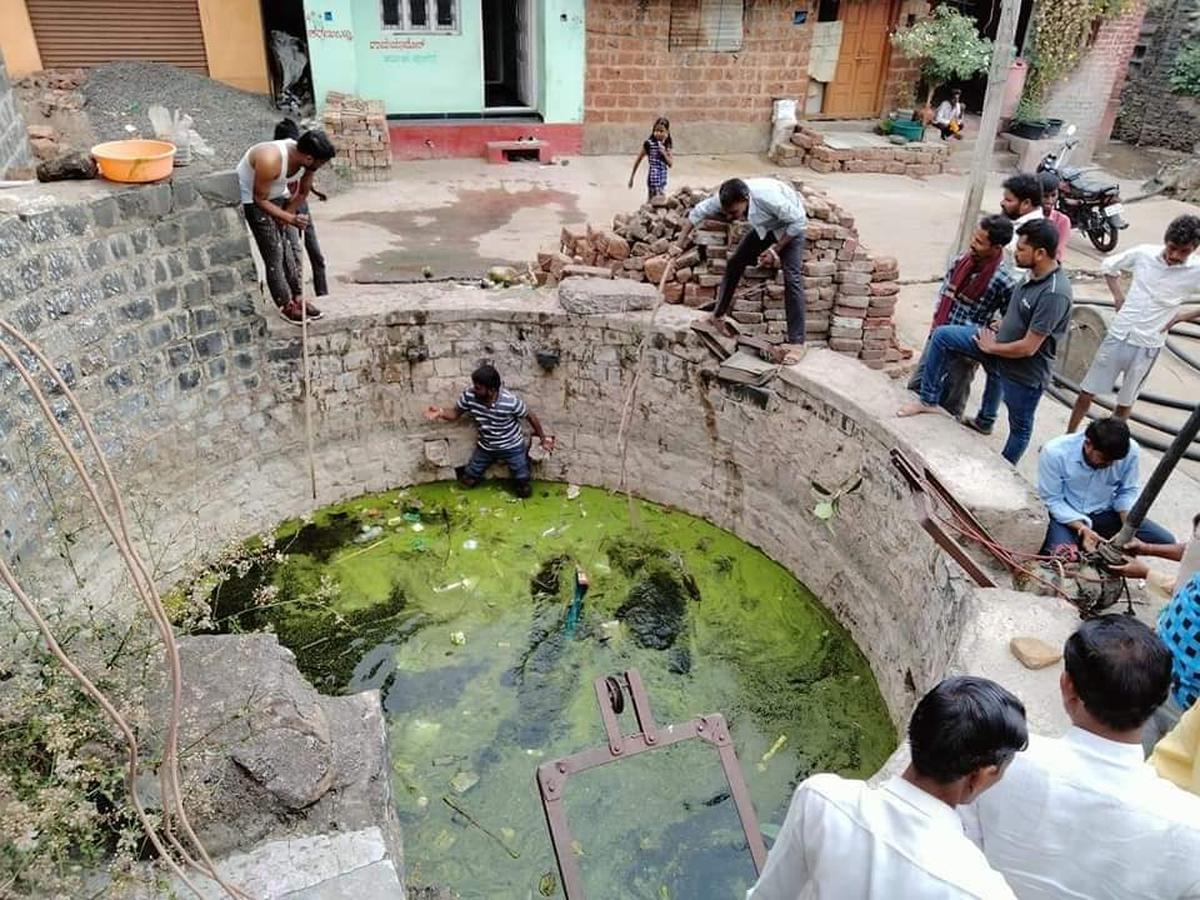
Citizens’ group Team Yuvaa is involved in restoring several ancient wells in Bidar district.
Vijayapura district has many monuments from the Kalyani Chalukya period as well as the Bahamani Sultanate. Yet, until a few years ago, it did not have a designated tourism officer. Citizen groups such as the Bijapur Vision and Heritage Club have been working for the last two decades to create awareness about the significance of the area. Along with securing a Deputy Director of Tourism four years ago, they also amp up tourism through heritage walks and tours. Meanwhile, in Bidar district, a citizens’ group called Team Yuvaa is restoring several wells constructed during the times of the Sultanate and the Chalukyas — so far, they have cleaned more than 230 wells. Another such group, Heritage Beku, is focused on conserving historic buildings. This includes demanding conservation guidelines for the restoration of two fern houses in Cubbon Park.
Standing up for museums
Bihar
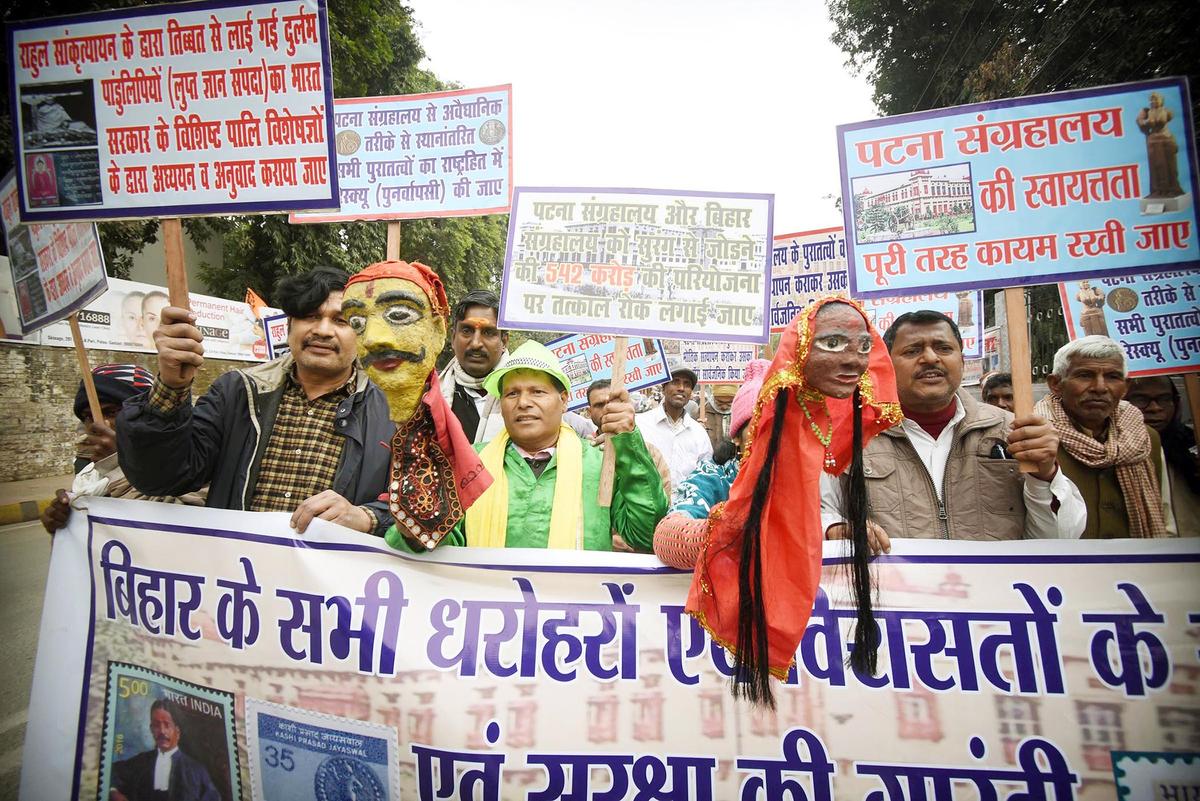
Members of the Patna Sangrahalya Bachao, Virasat Bachao Sangharsh Samiti take out an awareness rally in front of Patna Museum in February 2024.
| Photo Credit:
Getty Images
In January, a citizens’ forum was formed in Patna to protect the identity and autonomy of the 106-year-old Patna museum, under the banner of Patna Sanghralaya Bachao, Virasat Bachao Sangharsh Samiti. Since then, the Bihar government has undertaken the renovation of the museum. The 11-member citizens’ forum has now planned to hold a convention to make people aware about the protection of artefacts, historical records and monuments. “Like the Patna museum, we also want to raise awareness about the historical significance of the Kumhrar Park where an 80-pillared hall and a monastery-cum-hospital from 4th-5th century CE was discovered,” says the convener Nand Kishore Singh.
Rejuvenating a lake
Rajasthan
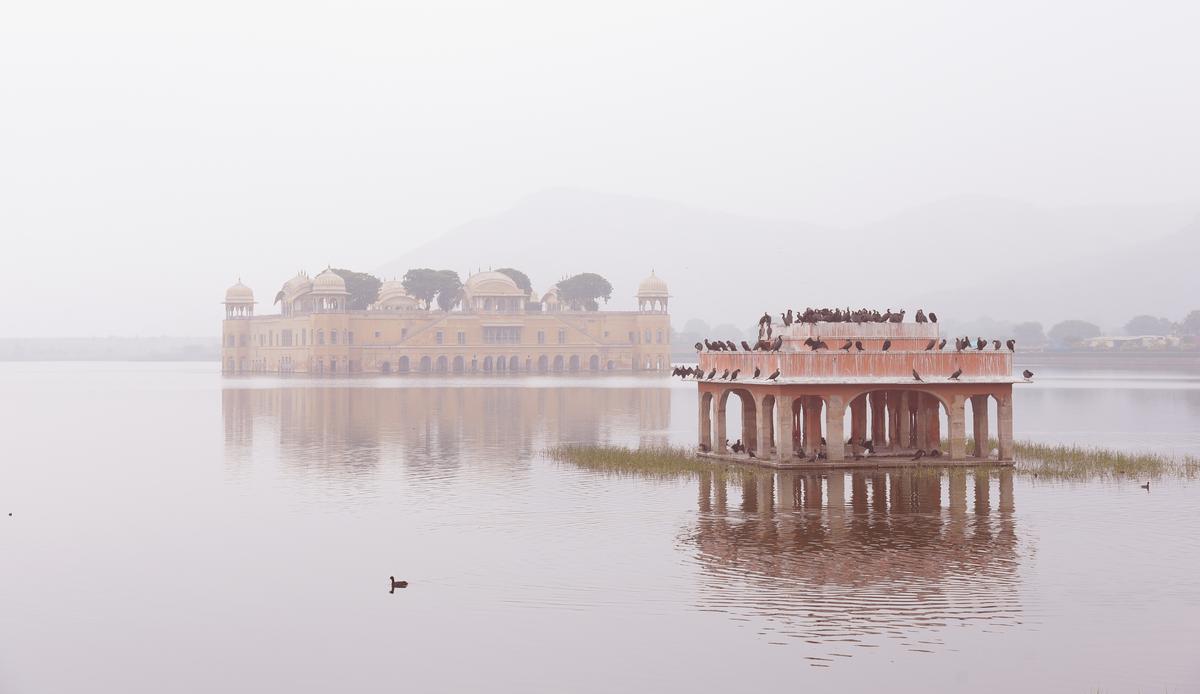
Dense fog over Man Sagar Lake in Jaipur.
| Photo Credit:
Rohit Jain Paras
The 400-year-old Man Sagar Lake in Jaipur, with the Aravalli mountains on three sides, has been revived by a citizen-led initiative. The lake had become polluted with sewage from the walled city, while the growth of aquatic weeds resulted in a decrease in fish count. Conservation was taken up by way of volunteering — to clean the lake, remove plastic and uproot weeds — and organising annual birding fairs. The latter is now an annual feature. The citizens’ initiative was followed by the Rajasthan government’s action to improve the lake’s aquatic character. A public-private partnership model has since been launched to establish a tourism infrastructure project, and the lake has now become a picnic spot.
Students out on a birding tour in Jaipur.
Write to us with your feedback at mag.letters@thehindu.co.in.
Published – September 20, 2024 01:55 pm IST

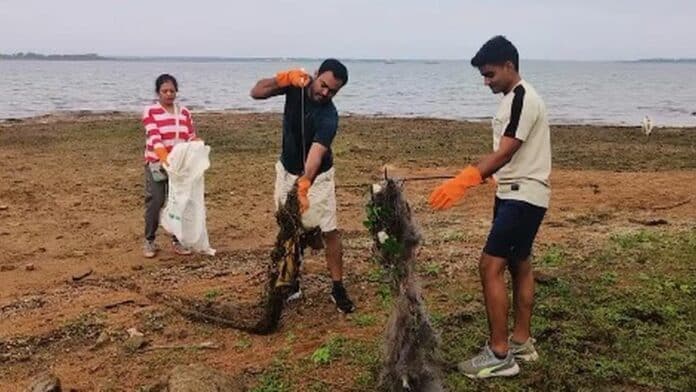







![Best Weight Loss Supplements [2022-23] New Reports!](https://technologytangle.com/wp-content/uploads/2022/12/p1-1170962-1670840878.png)




